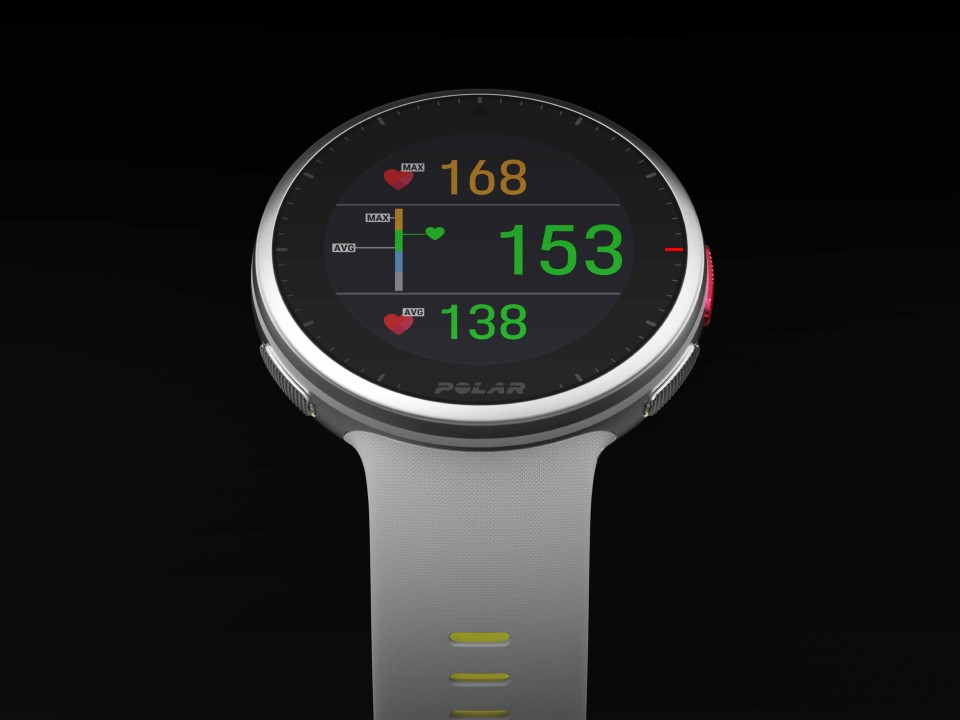Basic endurance training – how does it actually work? Among endurance athletes, terms such as basic, tempo, and maximum training are pretty normal. But what is hidden behind it? Why should we do basic endurance? And what exactly does this training look like?
BASIC ENDURANCE TRAINING – WHAT IS BEHIND IT?
Basic endurance is – as the name suggests – the basis of your endurance. It describes the ability to maintain endurance performance over an extended period of time.
Basic endurance training, also known as aerobic training, improves oxygen flow within your body. This leads to a better supply to your muscles and thus increased performance – because the only powerful muscle is one supplied with oxygen.
You can’t avoid basic endurance training if you want to improve your fitness. It is not only the most essential heart rate zones for beginners but also advanced endurance athletes. You can think of it as the foundation of your athletic performance. It offers you the basis and should make up the majority of the training for endurance athletes. The better your basic endurance is, the longer you can hold out with even loads.
WHY BASIC ENDURANCE TRAINING?
Basic endurance training is worthwhile for every athlete. Whether your priority is running, going to the gym, strength training, rowing, or cycling, you will always reap the benefits from a good endurance base.
Basic endurance forms the foundation of your fitness and helps you recover faster from training sessions and tire less. This way, you can train more often and more intensively.
In addition, basic endurance training also has many positive effects on your health:
- It strengthens the cardiovascular system and has a positive effect on mood.
- It can promote sleep, reduce high blood pressure and boost memory.
- Another bonus is the calorie burn with relatively little effort. Although you burn fewer calories per minute during basic endurance training than with HIIT, for example, you can make the workouts much longer and minimize exhaustion.
- It is also a very gentle form of exercise for people with little experience in the sport.
HOW BASIC ENDURANCE TRAINING WORKS
If you want to train for basic endurance, the design of your workouts is straightforward. You rely on low-intensity sessions and gradually lengthen them.
As an absolute beginner, you start with 20-30 minute workouts. When these sessions are no longer strenuous for you, you can gradually increase them week by week. An increase of 5-10% weekly is realistic.
BASIC ENDURANCE TRAINING – THE RIGHT HEART RATE ZONES
I recommend training with a heart rate monitor to determine the right intensity for your basic endurance training. Measuring and checking your heart rate will help to train in the right areas. This way, you can be sure that you achieve the desired effects.
If the heart rate is too high, the sessions become too strenuous. Then the risk of injury and overtraining increases, and you no longer build your base.
Of course, there is nothing wrong with completing part of the training in higher heart rate zones in order to set targeted training goals. But before that becomes part of your workouts, let’s optimize your body’s circulation processes and fat burning through low intensities.
THE HEART RATE ZONES FOR YOUR BASIC ENDURANCE TRAINING ARE THE FIRST THREE ZONES ON YOUR POLAR WATCH:
- Gray (zone 1)
- Blue (zone 2)
- Green (zone 3)
Heart rate zones 2 and 3 (blue and green) form what is known as BE1 (basic endurance training 1), sometimes referred to as GA1 (from Grundlagenausdauer, which is German for basic endurance).

THE GRAY HEART RATE ZONE – RECOVERY TRAINING

The gray zone is your heart rate zone 1, which is 50-60% of your maximum heart rate. Strictly speaking, this zone is not yet part of basic endurance training, but it’s still worth mentioning because it is still relevant for absolute beginners and recovery sessions.
If you are starting out, it may be enough to train in the first two heart rate zones for a few weeks. In addition, pauses in the gray heart rate zone can help you to recover and to be able to make your sessions longer.
Training in this zone positively affects your health and falls under the term ‘recovery training.’
WORKOUTS YOU CAN DO IN THE GRAY HEART RATE ZONE
- Mobility training
- Stabilization training and core
- Go for a leisurely walk
- Very slow cycling
- Yoga
You can integrate sessions in this area into your daily training to promote recovery and maintain basic fitness.
THE BLUE HEART RATE ZONE – LONG AND SLOW

The blue zone is your heart rate zone 2, which is 60-70% of your maximum heart rate. In this zone, you train your basic endurance optimally.
In this heart rate zone, your body gets most of its energy from fat. That’s why you use it to train your fat burning. This does not mean you will lose weight particularly well by training in this area. Instead, it is about the generation of energy through physical exertion.
With long and enduring workouts, it is beneficial if the body increasingly accesses fats. In contrast to carbohydrate stores, fat reserves are much less limited and are available to you for a long time.
In the blue heart rate zone, your muscles have enough oxygen available, and its transport is optimized.
Many people underestimate this training area and train too intensively. At the same time, workouts in the blue zone are enjoyable to complete because they feel a little strenuous, and you can maintain the load for a very long time.
WORKOUTS YOU CAN DO IN THE BLUE HEART RATE ZONE
You can do almost all slow endurance sports in the blue zone, such as:
- Slow running
- Rowing
- Cycling
- Swimming
- Walking
For beginners, the blue heart rate zone is where they should train the most. For runners, this is traditionally the zone for your long runs. But even for advanced users, at least one long session per week in this area is recommended, lasting an hour or more.
THE GREEN HEART RATE ZONE – RELAXED AND MODERATE

The green heart rate zone occurs at 70-80% of your maximum heart rate and thus forms the upper end of basic training. Here we are approaching the anaerobic threshold, and together, the blue and green zones form your basic endurance training 1.
Due to the slightly increased intensity, the proportion of burned carbohydrates also increases, and there is a little more lactate than in the blue zone. However, it can still be used here, which is why your performance is not yet reduced. So, your body still has just about enough oxygen available. Also, you already feel increasing exertion and deeper breathing in this zone.
WORKOUTS YOU CAN DO IN THE GREEN HEART RATE ZONE
- Easy running
- Cycling
- Swimming
- Rowing
- Very brisk walking or Nordic walking
- Circuit workouts
If you are a bit more advanced, you can integrate training sessions in the green area into your training several times a week. When running or doing other endurance sports, these are easy sessions that usually last 30-60 minutes.
CONCLUSION
Regular training offers many benefits and is relevant for athletes of all types. If you want to train your basic endurance, the motto is: long and slow.
The foundation of this workout is long, low-intensity sessions that last an hour or more and take place in the blue heart rate zone. Somewhat shorter and moderately strenuous units supplement it in the green heart rate zone.
If you liked this post, don’t forget to share so that others can find it, too.
Or give it a thumbs up!
I like this article
Please note that the information provided in the Polar Blog articles cannot replace individual advice from health professionals. Please consult your physician before starting a new fitness program.


